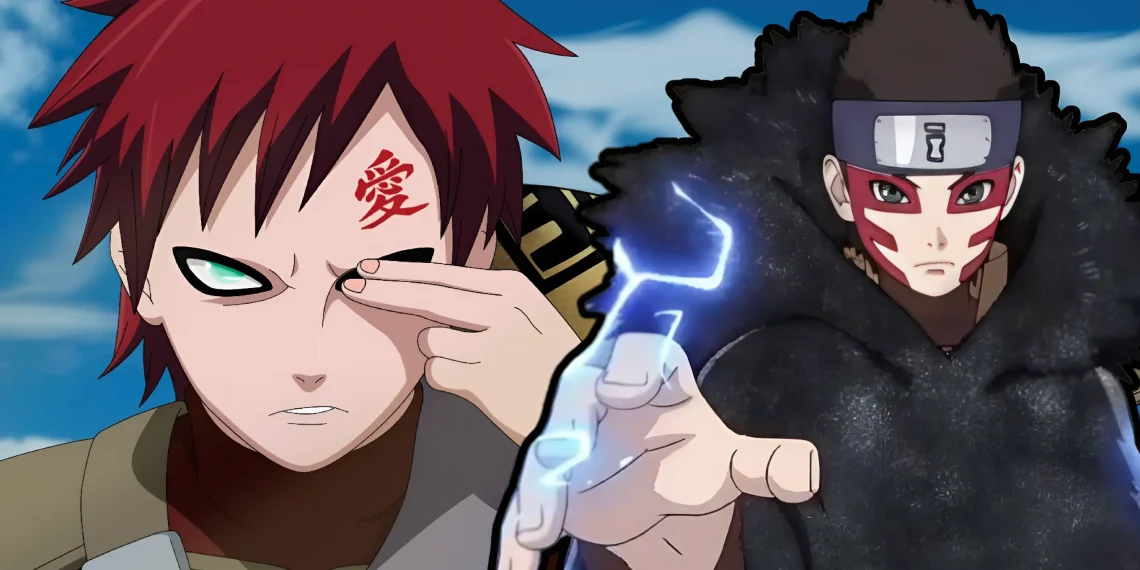In the ever-evolving world of Boruto, fans have found themselves drawn into dramatic conflicts, surprising plot twists, and moments of intense emotional weight.
One such moment came in Boruto: Two Blue Vortex chapter 14, where the village of Sunagakure is attacked by a powerful force the Shinju.
During this attack, one of the most notable events was Shinki, Gaara’s adopted son, being assimilated into Ryu, a dark and sinister entity.
While this moment certainly carried weight and showcased the high stakes of the conflict, many fans have been left wondering why Gaara, the beloved Kazekage and fan-favorite character, was not the one to fall.
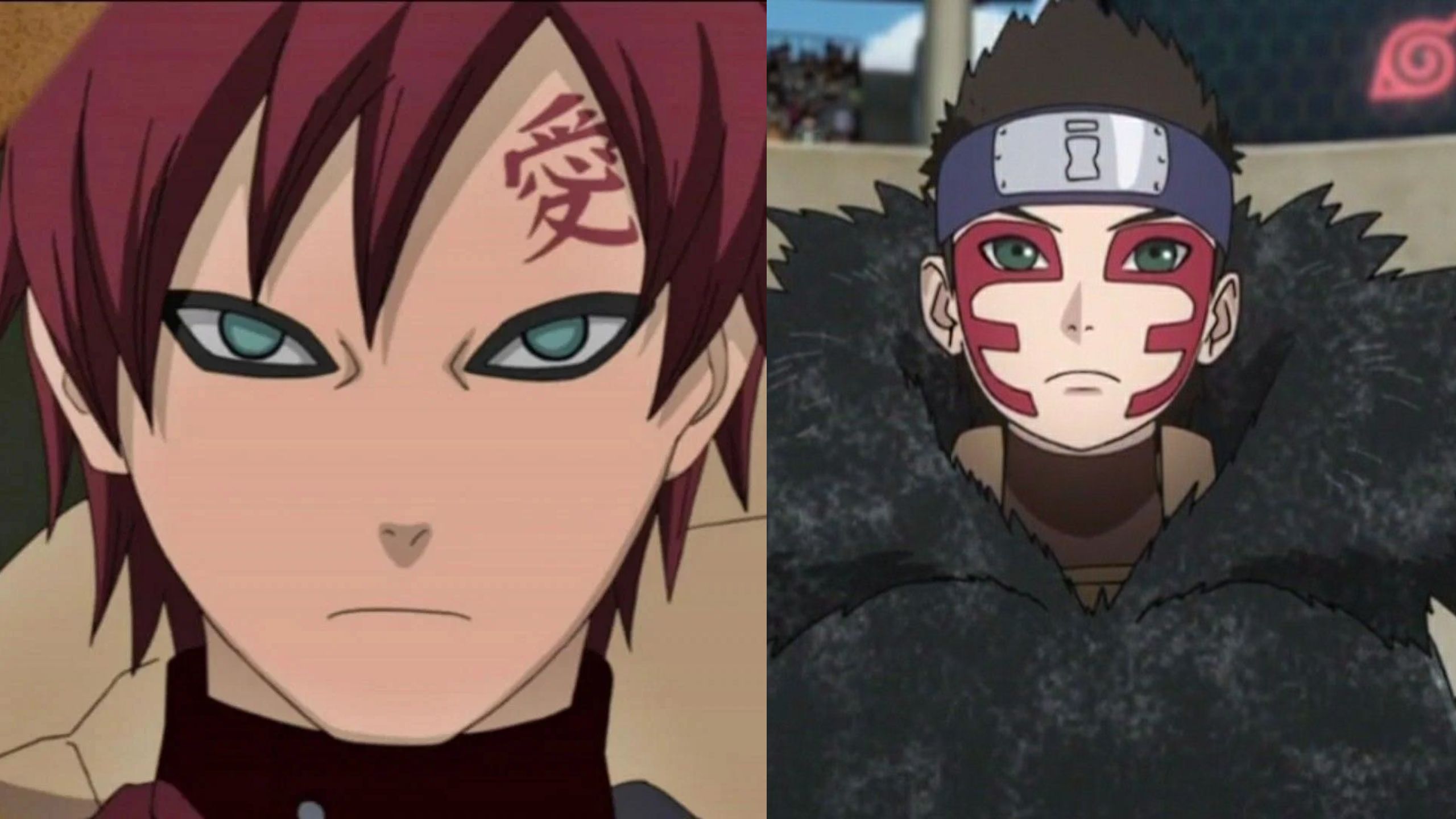
To many, the decision to sacrifice Shinki instead of Gaara seems like a missed opportunity to create an emotionally charged and narratively impactful moment.
Gaara, who has been a part of the Naruto universe since the early days, carries far more emotional depth and significance than Shinki, a character who, while strong, has not had the same amount of development or connection with the audience.
Sacrificing Gaara in this way could have created a far more compelling and tragic storyline, one that would have improved the stakes of the ongoing conflict in ways that Shinki’s transformation simply could not match.
The Emotional Weight of Gaara’s Potential Corruption
One of the key reasons why Gaara should have been the one to be taken by the Shinju lies in the immense emotional weight his transformation could have carried.
Gaara, who was once a symbol of destruction and violence, has undergone one of the most compelling redemption arcs in the entire Naruto series.
Over the years, he has evolved from a lost and angry child into a compassionate and wise leader, someone who has earned the respect and admiration of not only his village but the entire Shinobi world.
His transformation into the Kazekage, a protector of his people, has been a testament to his growth and his ability to overcome the darkness that once consumed him.
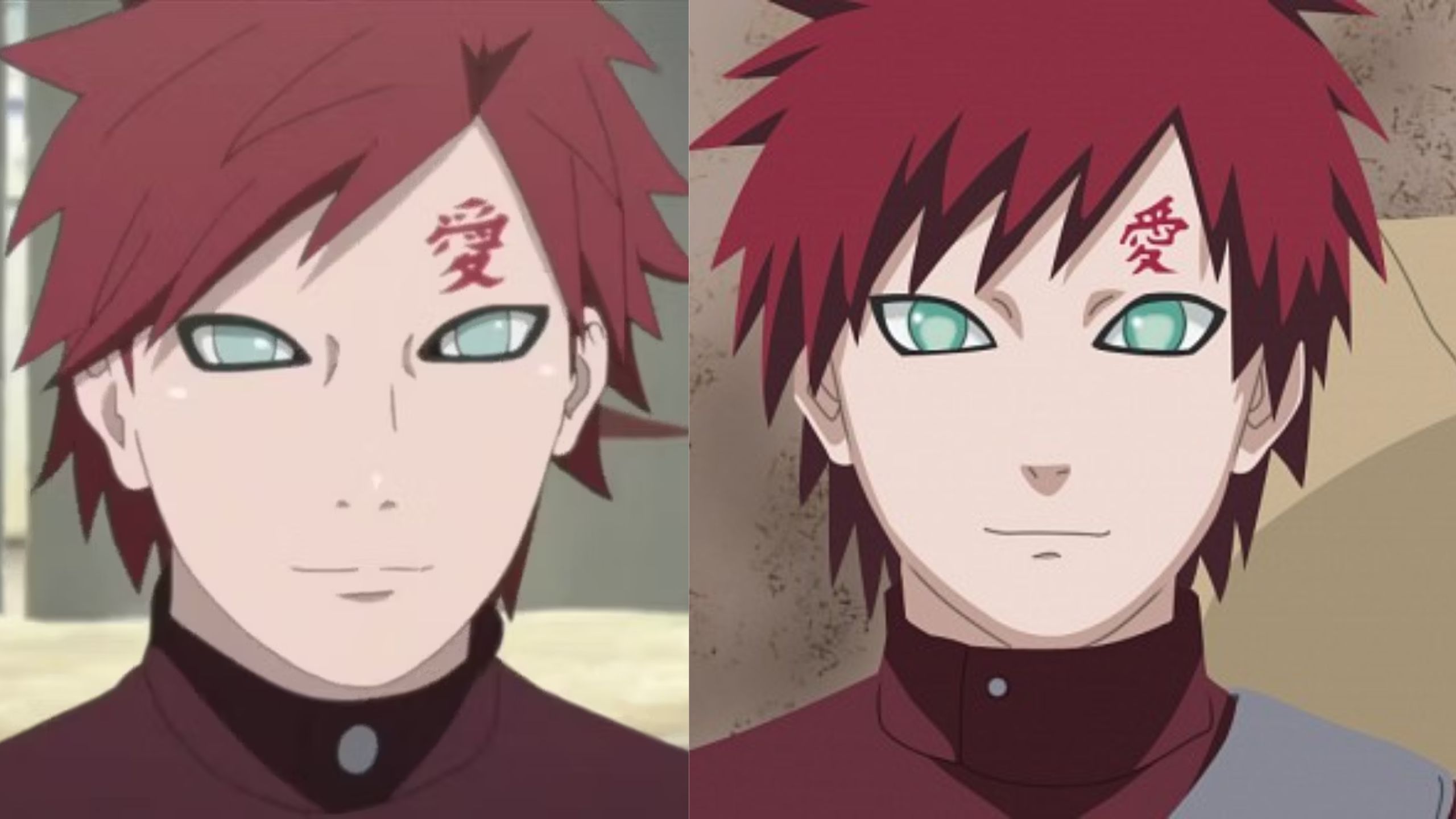
However, Gaara’s past is not something that can be easily forgotten, and the idea of him being corrupted and turned back into a force of destruction is one that could have added a layer of tragic irony to the story.
Gaara’s journey from darkness to light has been one of redemption and peace, but if he were to be forcibly turned into a tool of the Shinju, all of that progress would have been undone in the most heartbreaking way.
This fall from grace would have carried immense emotional weight, not only for the characters within the story but also for the audience, who has watched Gaara’s growth over the years.
Imagine the impact of seeing Gaara, once a symbol of hope and redemption, being used as a pawn in the Shinju’s sinister plans.
The emotional toll on his friends, allies, and the audience would have been profound, creating a level of tragedy and despair that Shinki’s transformation simply cannot match.
While Shinki’s assimilation into Ryu is certainly a significant moment for his character, it does not carry the same level of emotional resonance or narrative depth that Gaara’s corruption would have brought to the story.
Gaara’s Role in the Naruto Universe
Gaara’s importance within the Naruto universe cannot be overstated. As one of the Five Kage, Gaara holds a position of immense power and influence within the Shinobi world.
His journey from being a feared and isolated child to a respected leader and protector of his village has made him one of the most beloved characters in the series.
Gaara’s development has been a testament to the themes of redemption, forgiveness, and growth that have been central to the Naruto narrative.
In many ways, Gaara’s story mirrors that of Naruto himself. Both characters were once isolated and feared because of the power they held within them, and both had to learn to control that power and find their place within the world.
Gaara, like Naruto, was once consumed by anger and hatred, but through the help of his friends and allies, he was able to find a path toward peace and leadership.
This parallel between Gaara and Naruto has made Gaara’s journey all the more compelling, and it is one of the reasons why his character holds such significance within the series.
Given Gaara’s importance within the Naruto universe, his capture and transformation by the Shinju would have carried far more narrative weight than Shinki’s.

Gaara’s role as Kazekage, as well as his deep emotional connections with characters like Naruto, Temari, Kankuro, and even Shinki himself, would have made his fall from grace a moment of immense significance.
The emotional and narrative stakes of the story would have been heightened to a degree that Shinki’s transformation simply cannot match.
The Missed Opportunity for a More Personal and Chaotic Conflict
Had Gaara been the one taken by the Shinju, the conflict would have become far more personal and chaotic for the characters involved.
As the Kazekage, Gaara is not just a powerful Shinobi, but also a symbol of stability and leadership within the Shinobi world.
His capture would have sent shockwaves through the entire village of Sunagakure, as well as the other allied villages.
The other Kages would have been forced to confront the reality that one of their own had been taken and turned into a weapon of destruction, a reality that would have shaken the very foundations of the peace they had worked so hard to achieve.
Gaara’s capture would have created a sense of urgency and desperation among his allies, particularly Naruto, who shares a deep bond with Gaara.
Naruto and Gaara’s relationship has always been one of mutual understanding and respect, as both characters have had to overcome similar struggles in their lives.
Naruto, who has always seen Gaara as a friend and ally, would have been driven to take immediate and decisive action to rescue him.
The emotional toll of losing Gaara to the Shinju would have been a powerful motivator for Naruto and the other characters, pushing them to rally together and fight for their friend.
Furthermore, the chaos and instability that would have ensued from Gaara’s capture would have created a ripple effect, threatening the very unity and peace that the Shinobi world had fought so hard to achieve.
Gaara has been a pillar of stability for Sunagakure and the alliance between the villages. His disappearance would have left a void not only in leadership but also in morale.
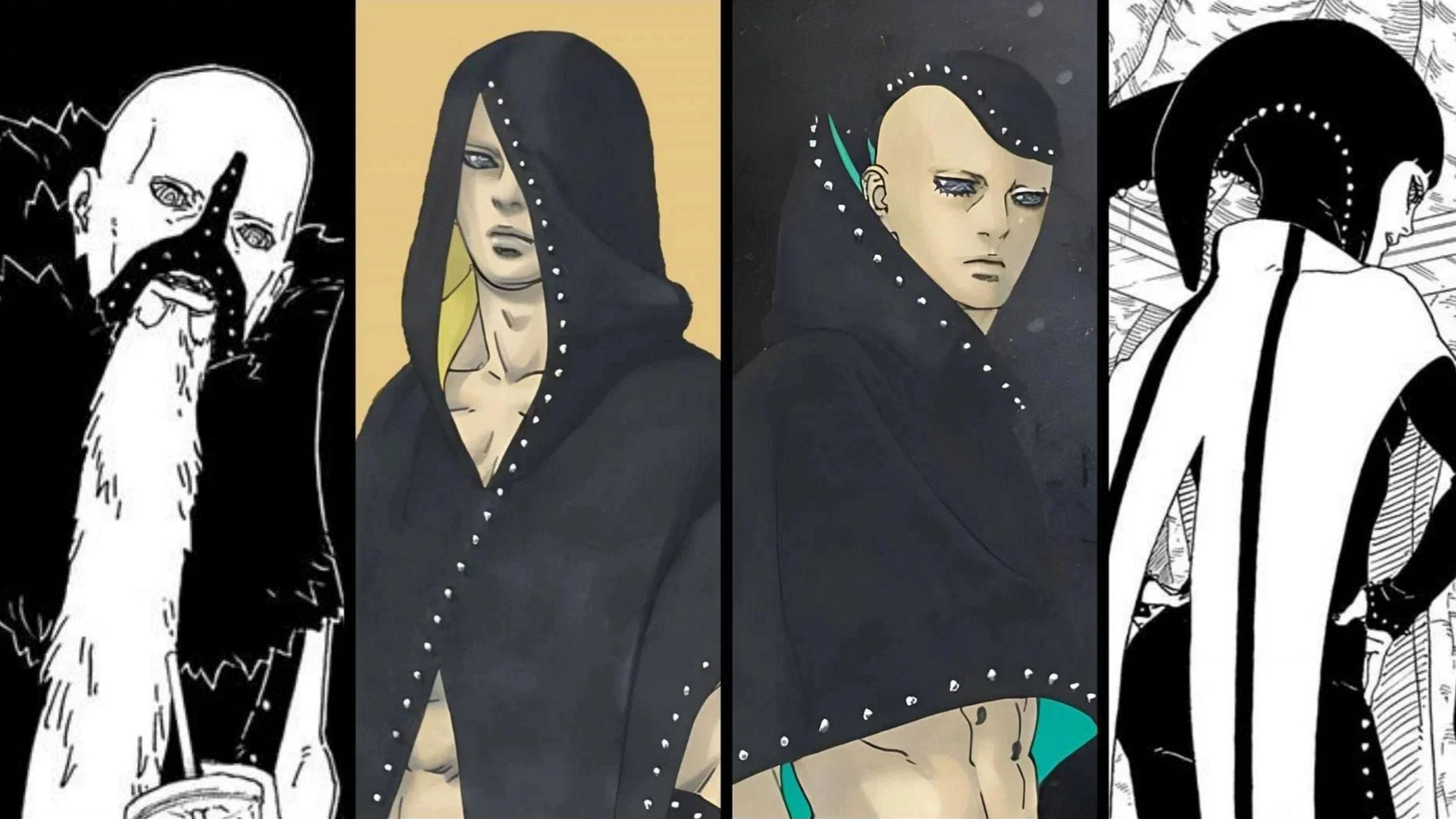
The village would be vulnerable, its people scared, and its allies on high alert. In essence, Gaara’s capture would have had far-reaching consequences, both on a personal and political level, making the conflict more engaging and dynamic.
Devastating Impact on Gaara’s Loved Ones
The emotional impact of Gaara’s capture and transformation into a Shinju pawn would have been devastating for those who care about him.
Gaara’s journey has not only been one of personal growth but also one of building relationships and earning the trust and respect of those around him.
His siblings, Kankuro and Temari, have always been by his side, supporting him through his journey from a feared and isolated child to a respected leader.
The thought of losing Gaara to the Shinju would have been a devastating blow to both Kankuro and Temari, who have always seen Gaara as more than just a brother but also as a symbol of their village’s strength and unity.
Kankuro, in particular, has always had a complicated relationship with Gaara. In their youth, Kankuro feared and resented Gaara for the power he held, but over time, he came to respect and admire his younger brother.
Kankuro’s determination to protect Gaara and their village has always been one of his defining traits, and the thought of losing Gaara to the Shinju would have been a driving force for him to take action.
Kankuro would have been willing to risk everything to save his brother, even if it meant putting himself in danger.
Temari, too, would have been deeply affected by Gaara’s capture. As the eldest sibling, Temari has always been protective of her brothers, and she has always held a deep sense of pride in Gaara’s growth as a leader.\
Losing Gaara to the Shinju would have been a devastating blow to Temari, one that would have pushed her to take matters into her own hands and fight to bring her brother back.
The emotional toll on Temari would have been immense, and her determination to rescue Gaara would have added an extra layer of intensity to the conflict.
Shinki, Gaara’s adopted son, would have also been profoundly affected by Gaara’s capture. Shinki has always looked up to Gaara as both a mentor and a father figure, and losing him to the Shinju would have been a devastating blow to his sense of identity and purpose.
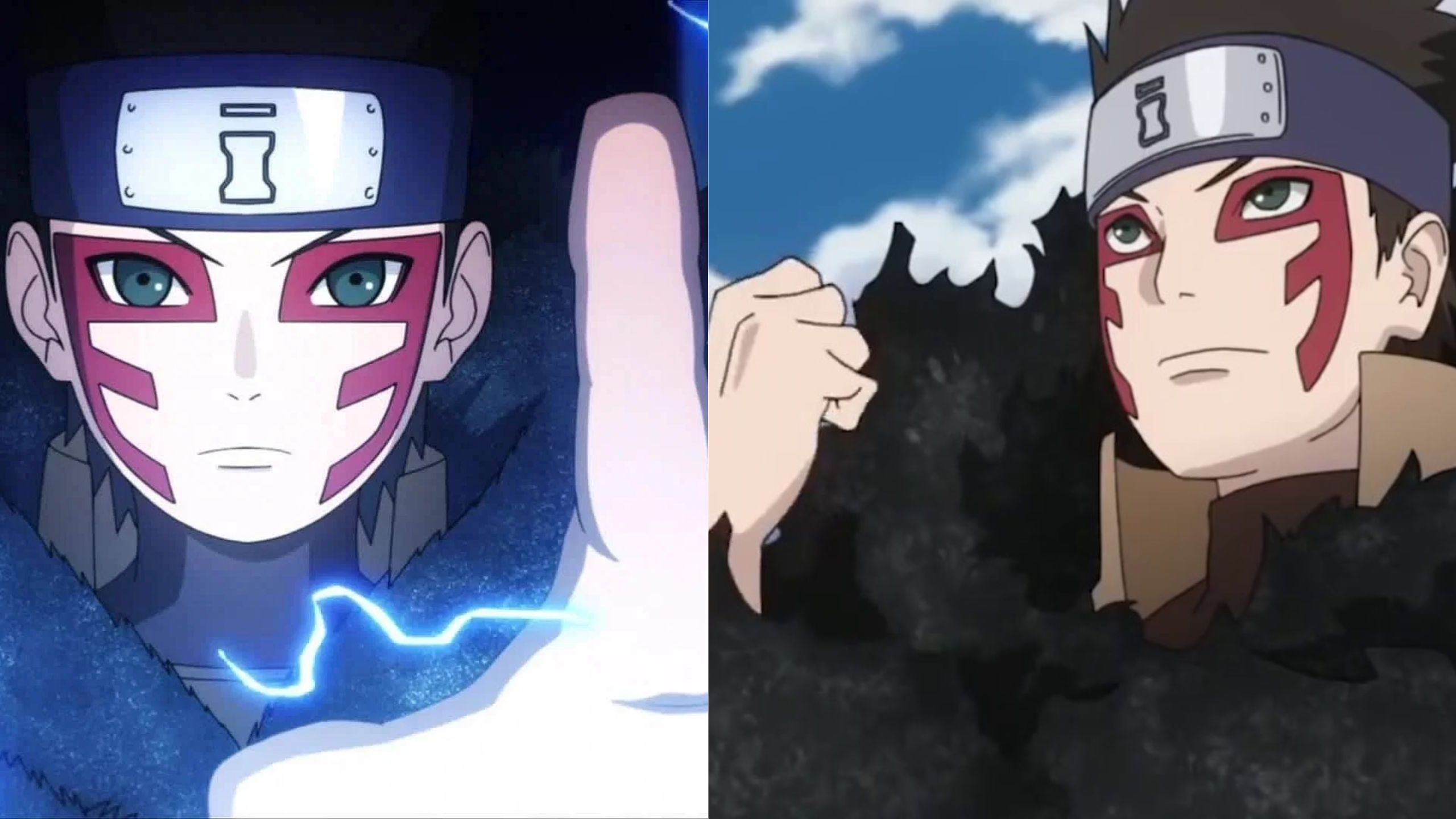
Shinki’s transformation into Ryu, while significant, does not carry the same emotional weight as Gaara’s capture would have.
If Gaara were the one taken, Shinki would have been driven by a desire to save his father figure, pushing him to grow stronger and more determined to fight against the Shinju.
Missed Potential of a Shinju Gaara
While the decision to transform Shinki into Ryu certainly adds complexity to the plot, it ultimately misses the opportunity to go through the unique dynamics that a Shinju Gaara could have introduced into the story.
Gaara’s mastery of sand manipulation, combined with the powers of the Shinju, would have made for a truly formidable and visually stunning villain.
The idea of Gaara, once a protector of his village, being forced to use his powers for destruction is a concept that could have been used in fascinating ways.
Gaara’s connection to Shukaku, the One-Tailed Beast, could have also added an extra layer of complexity to his transformation.
Shukaku has always been a source of immense power for Gaara, and the idea of that power being twisted and corrupted by the Shinju is one that could have added depth to the conflict.
Gaara’s struggle to resist Shinju’s influence, combined with his connection to Shukaku, could have created a storyline filled with tension and emotional weight.
Additionally, a Shinju Gaara would have presented a unique challenge for the other characters.
Gaara’s mastery of sand manipulation, combined with the powers of the Shinju, would have made him an incredibly difficult opponent to defeat.
BorutoTBV 2nd SNEAK PEAK…🔥
New Shinju RYU#BORUTO #BorutoTwoBlueVortex #BorutoTwoBlueVortexCh14 #Anitwt pic.twitter.com/1QzhV7WFHX— Nikhil[ニクン] (@wrestle_ring7) September 18, 2024
The other characters would have been forced to come up with new strategies and work together in order to save Gaara and defeat the Shinju.
The visual and narrative possibilities of a Shinju Gaara are immense, and it is a missed opportunity that the series chose to transform Shinki instead.
Shinki’s Transformation Lacks the Same Impact
While Shinki’s transformation into Ryu certainly adds complexity to the plot, it does not carry the same level of emotional or narrative impact that Gaara’s capture would have brought.
Shinki, while a strong and capable Shinobi, has not had the same amount of development or emotional connection with the audience as Gaara.
His transformation into Ryu, while visually interesting, lacks the emotional weight and thematic significance that Gaara’s capture would have carried.
Shinki’s powers, while formidable, do not carry the same symbolic weight as Gaara’s sand manipulation.
Gaara’s mastery of sand has always been a defining aspect of his character, and the idea of him using that power for destruction rather than protection would have been a powerful and symbolic shift in the storyline.
Shinki’s transformation, while significant, does not carry the same level of emotional or thematic resonance.
In the end, Boruto missed a deeper emotional and narrative opportunity by choosing to sacrifice Shinki instead of Gaara.
Gaara’s capture would have intensified the stakes, offering more emotional depth and a compelling storyline rooted in his rich history and leadership.
By choosing to transform Shinki instead, the series missed the chance to use the full potential of a Shinju Gaara, a character whose fall from grace would have had far-reaching consequences for both the characters and the audience.

The decision to sacrifice Shinki instead of Gaara in Boruto: Two Blue Vortex chapter 14 is one that has left many fans feeling that the series missed a significant opportunity.
While Shinki’s transformation into Ryu adds complexity to the plot, it ultimately lacks the emotional depth and narrative impact that could have been achieved with Gaara’s capture.
Gaara’s fall from grace, his potential transformation into a Shinju pawn, and the far-reaching consequences of his capture would have improved the stakes of the conflict, creating a more engaging and emotionally resonant storyline.
By choosing to sacrifice Shinki instead, the series missed the chance to use the full potential of Gaara’s character, his emotional connections with those around him, and the rich narrative possibilities that a Shinju Gaara could have introduced.
While the current storyline is certainly compelling, it is hard not to wonder what could have been if Gaara, the symbol of peace and redemption, had been the one to fall into darkness.

